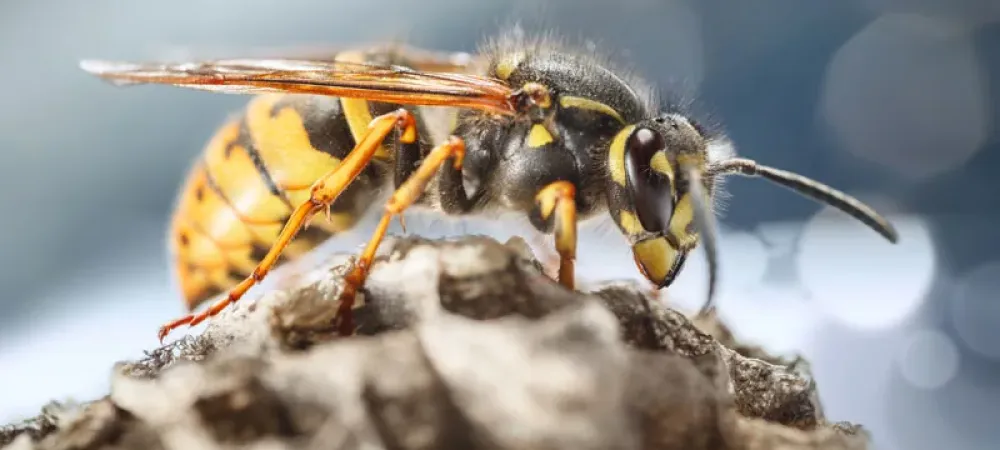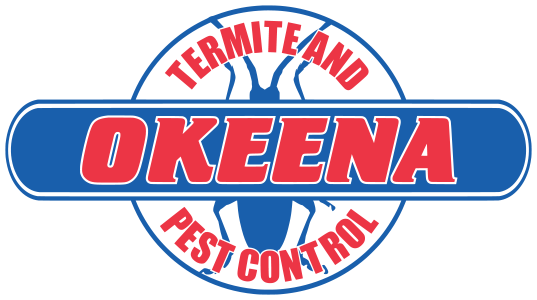10 Interesting And Fun Facts About Wasps And Their Hives

When it comes to bugs, wasps are often viewed as the bad guys. After all, they can be aggressive and have painful stings. However, there's more to these insects than meets the eye. Here are ten fascinating facts about wasps that might surprise you.
1. There Are Thousands Of Wasp Species
Did you know that there are over 30,000 different wasp species worldwide? Many of them have fun names like sand wasps, fairy wasps, chalcid wasps, fig wasps, gall wasps, or even tarantula hawks. While some of them are social and live in hives, others are solitary and live alone. Yellow jackets and hornets are two examples of social wasps that live in groups.
2. Wasps Don’t Always Live In Hives
While bees typically live in hives, not all wasps do. Some species of wasps live in groups, while others live alone. Social wasps use their stingers to protect and defend their nests, whereas solitary wasps use their stingers for hunting prey.
3. Wasps Like To Hunt Other Insects
Unlike bees, which only feed on nectar and pollen from plants, wasps are omnivores. These often overlooked pollinators feed on pollen and nectar, as well as other insects, like caterpillars and flies, meaning they can also be beneficial for controlling pest populations.
4. Wasps Are Repeat Offenders
Unlike bees, which can only sting once before dying, wasps can sting multiple times. However, only female wasps have stingers, just like only female mosquitoes bite.
5. Wasp Nest Can Be Made From A Variety of Materials
When it comes to building their nests, some wasps rely on paper-thin wood fibers. By scraping away at wood, they create fragile flakes that can be molded into nests resembling paper-mâché. That's why some wasps are called "paper wasps." You're most likely to find wasps in places with exposed wooden beams, such as attics, porches, and garage rafters.
Other wasps, like the mud dapper, create their nests out of mud, carefully sculpting each individual chamber to fit their young. The end result is a symmetrical, mud-walled structure that's as impressive as it is functional.
6. Wasps Don't Have Hair
Unlike bees, which are known for their fuzzy backs, wasps are hairless. Wasps also have a narrow waist, known as a petiole, while bees have thick thoraxes.
7. The World's Largest Wasp is the Asian Giant Hornet
The Asian giant hornet is not your average wasp—with a wingspan of over three inches, a body length of two inches, and a stinger nearly a quarter of an inch long, this monster can take down entire beehives in a matter of hours. It’s no wonder they’ve earned the nickname “murder hornet”. It is not normally found in the U.S. and does not pose a threat to humans.
8. Males Die After Mating
The majority of wasps in a hive are female. The females are the worker wasps who run the hive, and one female is in charge of laying new eggs – the queen. In the late summer, male wasps, called "drones," mate with a few special females who will go on to start their own hives. Unfortunately for the drones, they die after mating with the queens-to-be.
9. Wasps Use Scent To Communicate
If you come across a wasp, it's best not to swat at it. When wasps die, their body releases a pheromone that alerts other wasps in the area. This can make them more aggressive and lead to a swarm of angry wasps.
10. Wasps Come In All Colors
While you might be most familiar with the black and yellow varieties, wasps can come in just about any color you can think of. The cuckoo wasp of Australia is known for its metallic blue and green exoskeleton. What's more, some species of wasps have the ability to change color based on temperature!
Hire Okeena For Flying Insect Control
While wasps can be fascinating creatures, they can also endanger your family, especially if someone is allergic to a wasp sting. If you’re looking for safe and effective wasp removal in West Tennessee, look no further than Okeena Termite and Pest Control. Contact us to schedule one of our experienced technicians for a stinging insect removal treatment today!
FAQ About Wasps
Here are some common questions we get about wasps:
Do Wasps Live in Hives?
Yes, some species of wasps do live in hives, but not all of them. Wasps that live in hives are social wasps, meaning they live in colonies and work together to build and maintain their nest. Some common species of social wasps that live in hives include paper wasps, yellow jackets, and hornets. These wasps live in hives built out of paper-like material made from chewed-up wood fibers mixed with saliva.
Are Wasps Aggressive?
Wasps can be aggressive if they feel threatened or if their nest is disturbed. Unlike bees, wasps can sting multiple times and don't die after stinging. They can also release a pheromone that signals to other wasps to attack, which can make a situation escalate quickly. However, not all wasps are aggressive and some species are less likely to sting than others.
It's important to note that wasps play an important role in controlling the population of other insects, and they generally won't bother humans unless they feel threatened. To avoid getting stung by wasps, it's best to stay calm and still if one approaches you, as sudden movements can provoke them. Additionally, it's important to avoid swatting at wasps or trying to remove their nest yourself, as this can be dangerous and should be left to professionals.
Do Birds Eat Wasps?
Yes, some birds do eat wasps. For example, the European bee-eater is known to feed on wasps, bees, and other flying insects. Similarly, other birds such as swallows, swifts, and flycatchers also consume wasps as a part of their diet. However, not all birds eat wasps, and some species may avoid them due to their stingers and defensive behavior.
